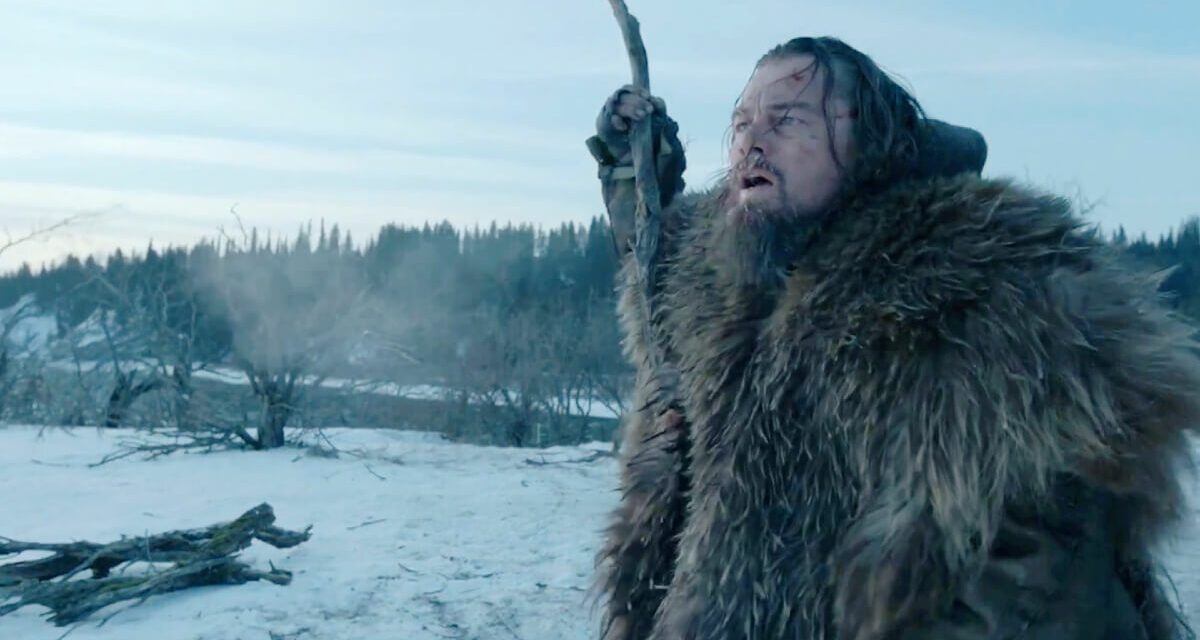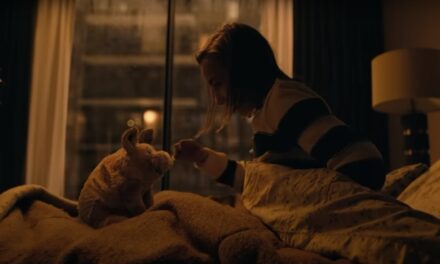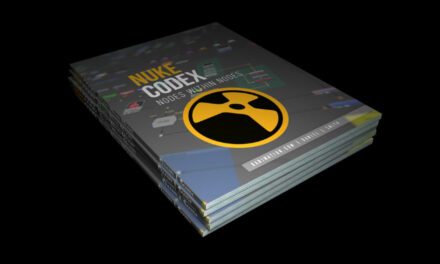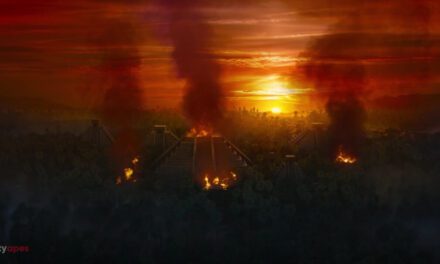We’re gonna play a game.
It’s called, I name a famous snow movie, and you belligerently scream the answer as to how much of the movie’s landscapes were naturally shot or enhanced with special effects and VFX.
The most memorable snow scenes are brilliant feats of artistry because the director waited until they got just the right light, the sun crested just as the mid-morning icicles began to melt, or…they had a savvy eye in post-production touching it up with some subtle environmental CGI.
A talented director will take a beautiful bleak landscape and make the desolate feel lush and the emptiness feel alive. A talented VFX artist will make it seem like the director did it all on their own.
The Revenant: The “we went to Argentina to get our snow” movie
Director: Alejandro G. Inarritu
DP: Emmanuel Lubezki
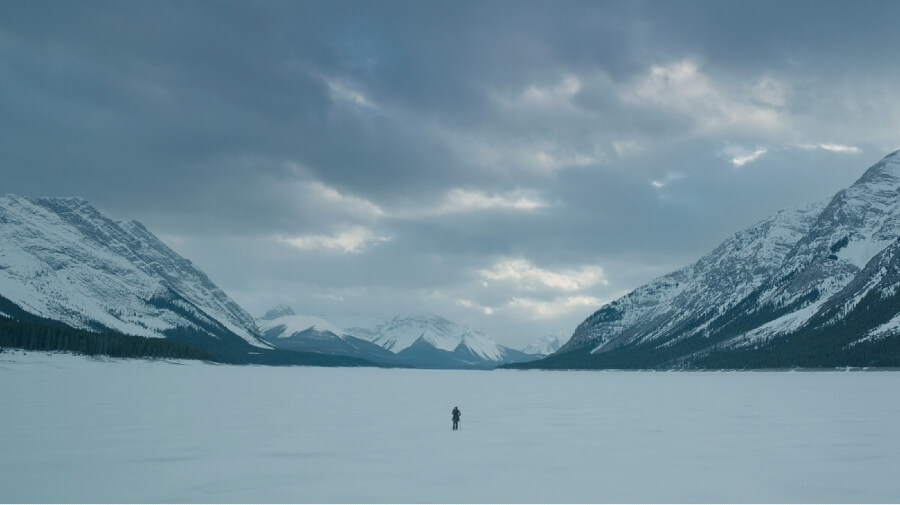
In a 2020 interview with American Cinematographer Magazine, Director of Photography Emmanuel Lubezki said, “I wanted to kill any artifice. In keeping with that truth, we had to go through a true natural process and challenge ourselves.” This same interview described how in choosing filming locations, the crew literally followed the snow. They originated their shoot in wintertime in Calgary, Alberta, having a window of light that lasted between around 9:30 a.m. and 4 p.m. Their schedule was rocked when they encountered a warm Canadian winter. It was so important to Inarritu and Lubezki that they took the production to Tierra del Fuego, Argentina to find an appropriate amount of natural snow.
To achieve a sincere reflection of the human condition and their protagonist’s suffering, Inarritu and Lubezki vowed to shoot using only natural light, a process that added months to their shoot. This immersion in nature achieved a symbolic contrast in the narrative – the snow both mirrors the malice of the character who is driven by revenge, and it serves as a respite in broken-down moments where the protagonist recognizes the soul can only handle so much weight without rest.
One scene in particular in The Revenant is a perfect example of this contrast – the scene starts with Hugh Glass (Dicaprio) literally embracing the snow as solace. He sleeps on the bare snow with only a bison robe to cover him. Moments later, he is being chased and his horse runs him off a cliff. Now he must survive the night in a growing blizzard. The same snow that gave him rest now wishes to kill him, and Glass sleeps inside his horse’s carcass to live out the night.
Industrial Light & Magic completed the effects for The Revenant, and in their own words:
We were tasked with crafting effects, set extensions, weather, environments, wounds, blood, and scars, and of course animals such as the mother bear and her cubs, each of which had to integrate seamlessly with the ultra-naturalistic live-action footage that had been captured.
So, while the film achieved absolutely gorgeous shots in natural light and glistening panoramas, some necessary environmental work was done on the back end.
The Revenant’s snow conclusion: 96 percent natural with a sprinkle of VFX.
Fargo (Season One): So, so gorgeous and yet…all fake
Creator: Noah Hawley
DP: Dana Gonzales
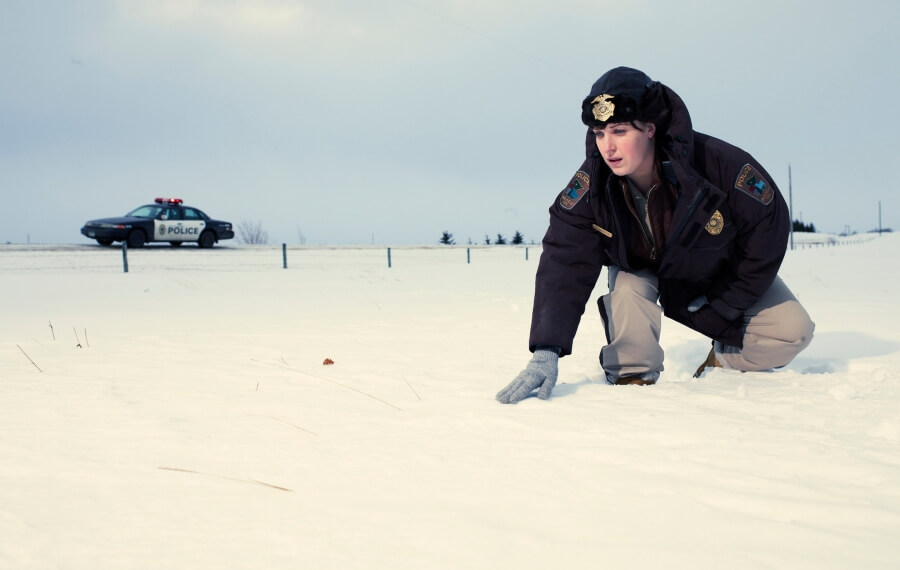
Remember that mild winter in Calgary that messed up Inarritu’s plans for The Revenant? Well, season one of Fargo was filmed in the same location during the same winter. Instead of getting all dramatic about it and eloping the whole production to Argentina, Noah Hawley and the Fargo crew went entirely with artificial and VFX snow.
This might seem jarring because Fargo has such a realistic gorgeousness. Its direction, its sustained shots of the bleak wintry white backdropping a pile of murders – it is believably atmospheric and brooding. One source claimed that Fargo utilized a blend of shredded rice cakes to create its fake snow. I couldn’t find that anywhere else. However, Thomas FX, which is a credible supplier of artificial snow and ice for movies, has Fargo listed as one of their clients.
Beyond the use of fake snow, Fargo utilized more than two dozen VFX houses throughout the show’s run (MGM Television worked on the most episodes with 31). In Season Four (2020), Zoic Studios was tasked with creating a variety of environmental effects for the show. This included crafting a blizzard to engulf a stormy ship, which can be seen in the video below.
Take a look some of the VFX that contributed to creating the world of @fargoFX Season 4, featuring Zoic VFX Supervisor Lou Pecora. #VFX @noahhawley pic.twitter.com/tTgMuXAGOQ
— Zoic Studios (@ZoicStudios) September 29, 2020
Fargo’s snow conclusion: Special effects blended with a healthy smattering of green screen and the natural beauty of icy Minneapolis, Minnesota (among others).
Fargo is a mutt!
Wind River: The “snow is the ultimate predator” movie
Director: Taylor Sheridan
DP: Ben Richardson
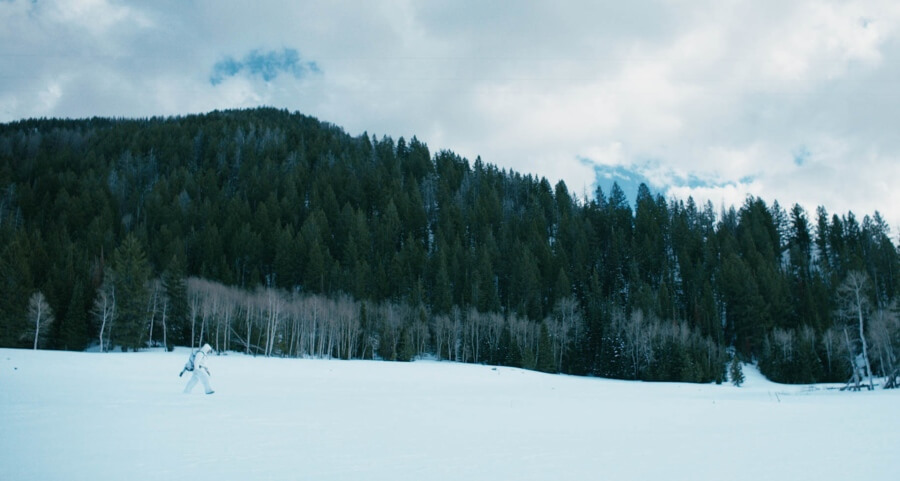
Much of Wind River is Jeremy Renner and Elizabeth Olsen chasing down a killer in drifting snow, blizzard conditions, and thigh-deep snowpack traversed by snowmobile. This snow is heavy, unrelenting, and it never leaves. It is merciless. It’s so merciless that a victim aspirates and chokes to death from trying to run miles through the snow in bare feet to safety. Renner’s character parallels this unrelenting drive coupled with a bleak, heavy emptiness. In this emptiness, he is comfortable. It’s familiar to him. It is company to his stoicism.
For the viewer, the snow had to keep pace with the brooding nature of the chase and the hopelessness felt by the victims and their families. For starters, Taylor Sheridan filmed everything in locations with plenty of natural snow: mostly Park City, Utah, and the Wind River Indian Reservation in Wyoming. But just settled, passive, quiet snow wasn’t enough. It had to embody the idea that the snow reflected rage, despair, and a predatory sense of danger.
In an interview with AFC (French association of directors of photography), Cinematographer Ben Richardson directly spoke to the symbolic nature of the snow:
One of his (Taylor Sheridan) basic ideas in terms of general ambience was to dramatically portray nature as the ultimate predator, and to make the viewer feel that whenever you take on nature, you’ll lose!
He went on to discuss the importance of shooting in real snow:
The beginning of shooting was pushed back by two weeks, and we found ourselves in early spring by the end of the shooting schedule, which meant a chronic lack of snow. I think that most viewers won’t realize it, but a couple of scenes were a nightmare to film. The sun began to shine brightly, and we needed a forest of diffusers to recreate the same conditions as in cloudy weather, and an army of people carrying in blocks of snow on tractors to cover the backgrounds as much as possible…
Like The Revenant, the commitment to natural snow was an extreme challenge. David Ridlen was a VFX artist on Wind River and demonstrated on his Youtube channel how he turned a scene of wintry stillness into a broil of blinding snow using Lightwave 3D.
When Wind River needed help to maintain its beautiful yet predatory ambiance, David Ridlen and the Pixel Magic VFX team enhanced the environment to give it a heightened sense of constant danger.
VFX, special effects, or natural – the best snow movies achieved the same result
Here’s one scenario: Taylor Sheridan’s crew in minus 40-degree conditions trying to shoot in the last of the melting snow before spring. Here’s another: The Industrial Light & Magic team sits comfortably in front of a bank of screens in a warm room layering snow into the forest of The Revenant. In wildly different environments, all factions were driving toward the same purpose:
to immerse the viewer in a setting that was unforgiving, brutal, and radiated beautiful murderous mystique.

